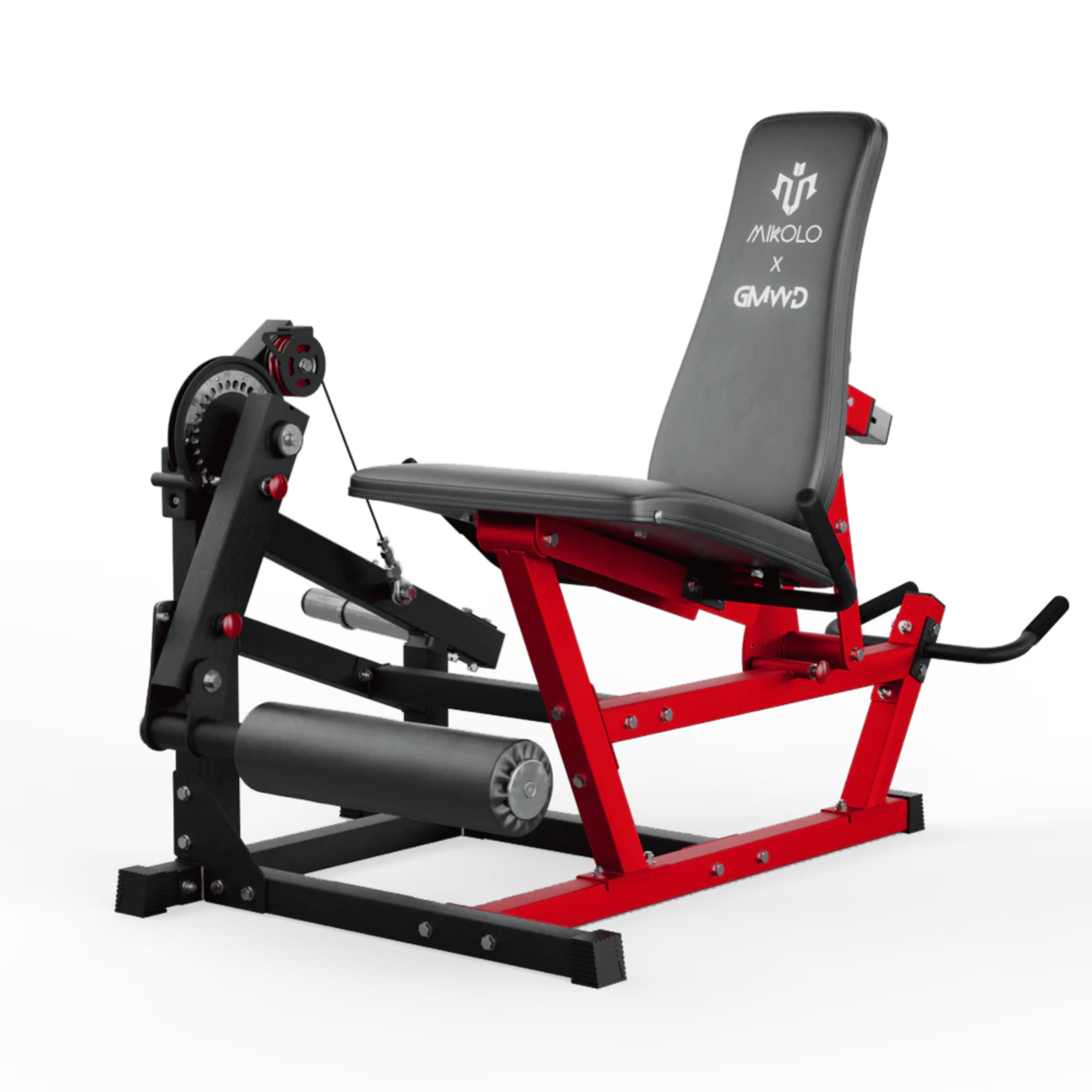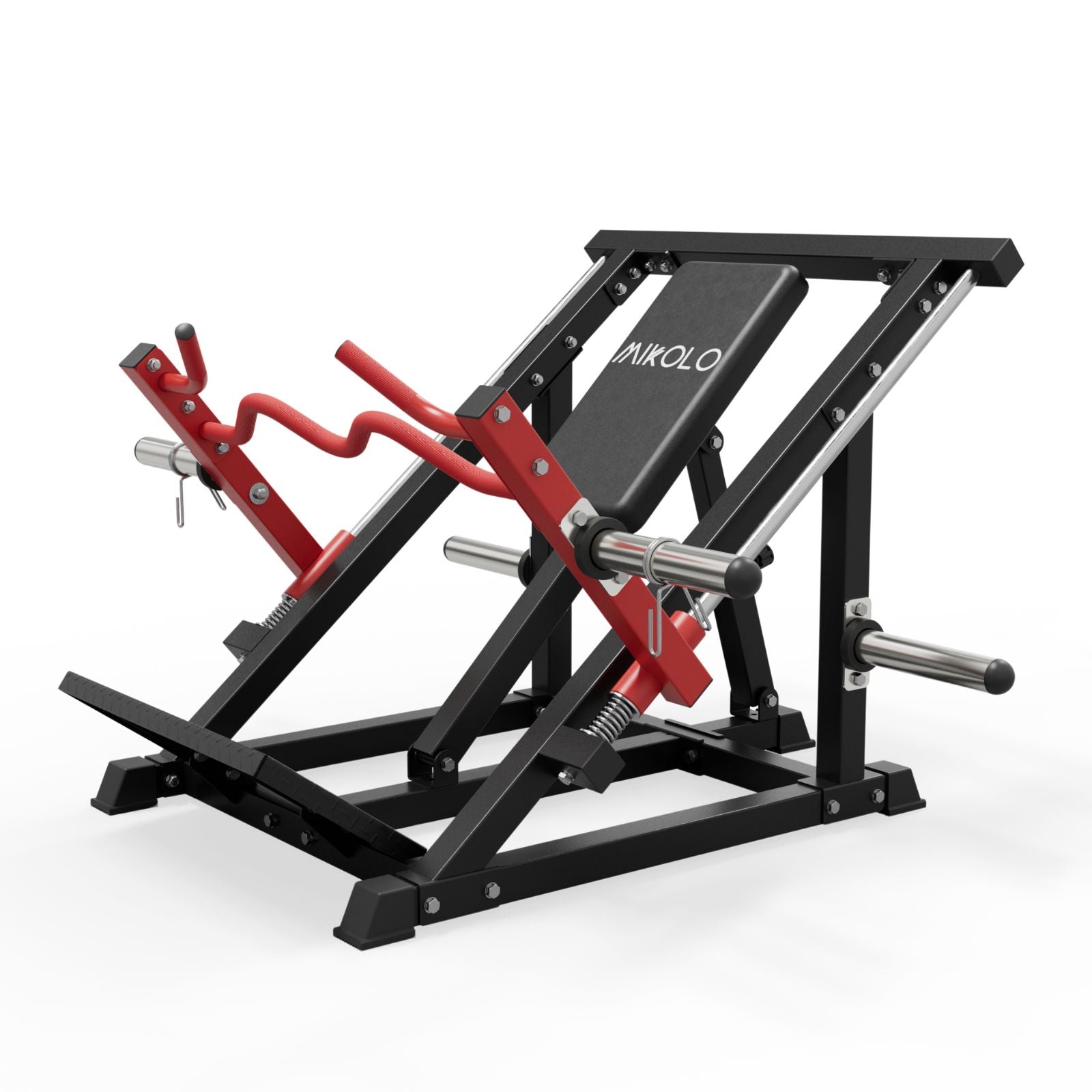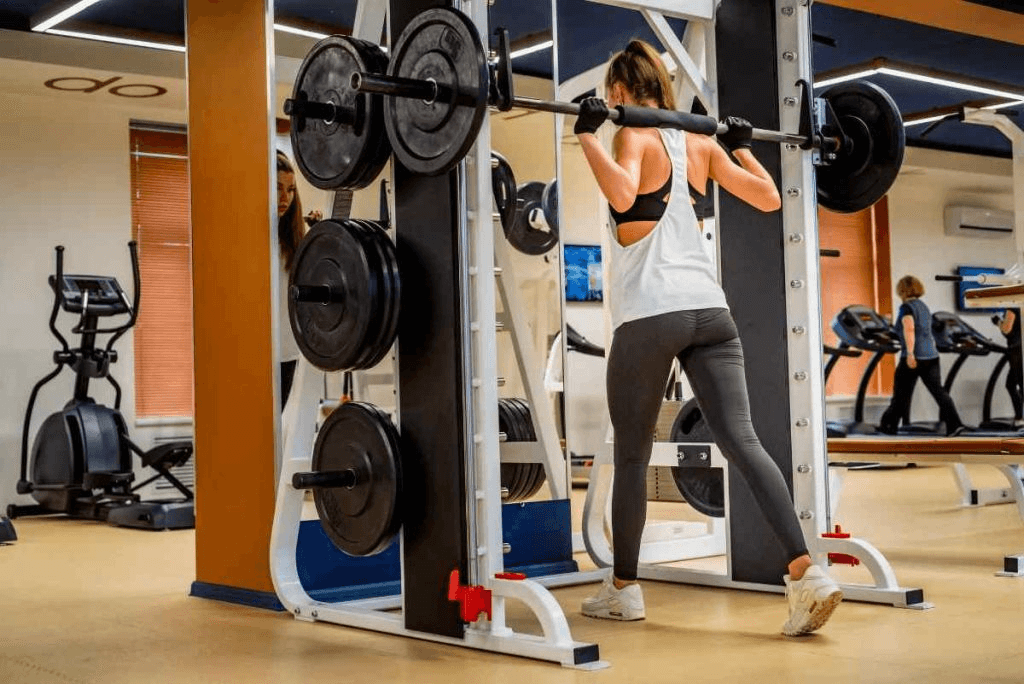If you're serious about building full-body strength, the back squat deserves a permanent spot in your training routine. Often referred to as the “king of all exercises,” the back squat is more than just a leg day staple—it's a foundational movement that builds power from the ground up.
What Is a Back Squat?
The back squat is a compound lower-body exercise where the barbell rests across the upper back, just below the neck. You descend by bending the hips and knees, lowering your body until your thighs are at least parallel to the floor, then drive back up to standing. This movement mimics natural patterns like sitting and lifting, making it not only a gym favorite but also functional in everyday life.
What Are Backward Squats?
Some lifters refer to the back squat as a “backward squat” due to the bar position behind the body. While it might sound like a variation, it's simply another way to describe the standard back squat exercise. The term helps distinguish it from front-loaded versions like the front squat, where the bar is positioned in front of the shoulders.
Why the Back Squat Belongs in Your Workout
Few exercises train your posterior chain—your glutes, hamstrings, and spinal erectors—like the back squat does. It’s not just a quad exercise. It requires ankle mobility, core stability, and upper-back strength to execute correctly. This makes it one of the most comprehensive moves you can do.
Whether you're training for athletic performance, muscle growth, fat loss, or simply to maintain strength as you age, the back squat is a valuable tool. It carries over to daily tasks like climbing stairs, lifting boxes, and even preventing falls.
Back Squat Workout Tips
-
Warm Up Intelligently – Start with dynamic stretches and bodyweight squats before adding the barbell. Hip openers and ankle mobility drills go a long way.
-
Nail the Setup – Place the barbell in a low-bar or high-bar position depending on your mobility and goals. Brace your core, set your feet shoulder-width apart, and maintain a strong spine.
-
Depth Matters – Aim for a depth where your hips drop below your knees without compromising form. If mobility limits you, work gradually with goblet squats and box squats.
-
Progress Gradually – Start with lighter weights to master your form. Then incrementally increase the load to build strength safely.
Back Squat for Strength, Balance, and Confidence
The back squat trains more than muscle—it teaches control, balance, and resilience. It's a movement that grows with you. As your technique improves, so does your confidence—not just in the gym, but in life.
Personally, I remember when I first added the back squat to my program. I was hesitant. My knees weren’t tracking well, and I was unsure if I’d ever get the depth right. But after months of practicing with just the bar and filming each set for feedback, I finally nailed it. The reward wasn’t just bigger legs—it was a stronger, more capable version of myself. That lesson—of patience, consistency, and progress—spilled over into every part of life.
Closing Thoughts: The Back Squat Is for Everyone
No matter your age or training background, the back squat can be scaled to meet your needs. It’s one of those exercises that keeps paying dividends as long as you respect the form, progress mindfully, and listen to your body. So if you’ve ever wondered what is a back squat or questioned its relevance, the answer is simple: it’s a powerhouse move that belongs in almost every training plan.
The back squat isn’t just about muscle—it’s about movement, longevity, and unleashing your strongest self from the ground up.










































Leave a comment
This site is protected by hCaptcha and the hCaptcha Privacy Policy and Terms of Service apply.